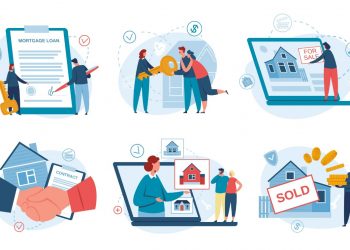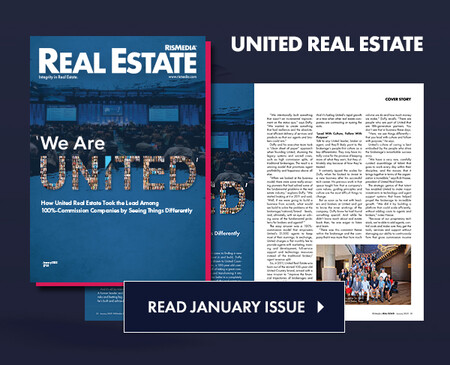Gumbinger agreed. He said that in any market, ARMs are probably right only for a small percentage of buyers. And in the current interest rate environment, ARMs make even less sense: “There’s really only one direction interest rates are likely to go, and that’s up.”
Decide Length of Loan: Fifteen-year loans are more popular with refinancing homeowners than they are with first-time home buyers because many buyers can’t afford the higher monthly payments. The reward for those higher payments is that over time, you’ll pay much less in interest by shortening the life of the loan. And 15-year mortgages come with lower rates.
Sammy Thomas, a consultant living in Ridgewood, N.J., wasn’t looking for a 15-year mortgage when he decided to refinance as rates dipped last year. But with rates on 15-year mortgages then hovering around 3 percent, he decided that was the best deal. The shorter loan also meant that he and his wife, Demi, a teacher, could live mortgage-free sooner. That was especially appealing as they plan for their retirement, said Thomas, 58. In fact, they hope to put extra money on the loan each month and have it paid off in 11 or 12 years.
“It reduces a large risk,” Thomas said. “As you go into retirement, other things may arise, health issues and whatnot.”
A homeowner with a $300,000 mortgage will pay $1,520 a month on a 30-year, 4.5 percent mortgage. A 15-year mortgage, at 3.75 percent, would run $2,182 a month. But over the life of the loans, the 15-year borrower would pay $92,700 in interest, while the 30-year borrower would pay $247,220 in interest.










